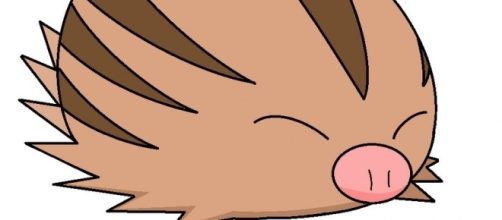Niantic Labs’ in-game Water Festival has concluded with a rather unfortunate fact – spawn rates of Water-type Pokémon have been changed. Another thing that’s noticeable, although still unconfirmed by Niantic, is Swinub’s spawn rate. Some “Pokémon GO” trainers have reported that the ground/ice-type Pokémon has become elusive as well, making them wonder: is Swinub a seasonal Pokémon?
Where is Swinub?
Trainers at The Silph Road have yet again raised another possibility, this time over Swinub. A thread started by Redditor/trainer Hoonose indicates that the adorable pig could be seasonal.
According to the trainer, Swinub was pretty much the Rattata of Gen 2 Pokémon when the huge update went live in February. It could be seen all over in Cambridge, Boston that some players managed to get an ice badge in a few days after the Gen 2 update arrived.
Prior to “Pokémon GO’s” Water Festival, however, Swinubs have started disappearing. Hoonose was one of the few trainers who thought that the pig Pokémon would return once the event was done, but it didn’t. This might be just a coincidence, but other players have reported the same thing. The Redditor added that Swinub might be a winter Pokémon, and since winter has ended in Boston, the monster’s spawn rate has been altered.
Swinub has a Base Attack of 90, Base Defense of 74, Base Stamina of 100 and Maximum CP of 663.
Once evolved into Piloswine, it will have a Base Attack of 181, Base Defense of 147, Base Stamina of 200 and Maximum CP of 2284.
It’s not just in Boston
Apparently, “Pokémon GO” trainers in Chicago noticed the exact same thing. One Redditor named Purple Crayon wrote: “Noticed this in Chicago, too. Reminds me of how the once-notorious Drowsee spawns were diminished after the Halloween Event was over.” Trainers not on American soil also reported Swinub’s elusiveness, saying that the creature became quite a rarity since the Water Event.
Niantic hasn’t said anything about the issue yet. What has been confirmed, though, is that the Shiny Magikarp is still out in the wild. This means that the chance to get a red Gyarados is still high.

